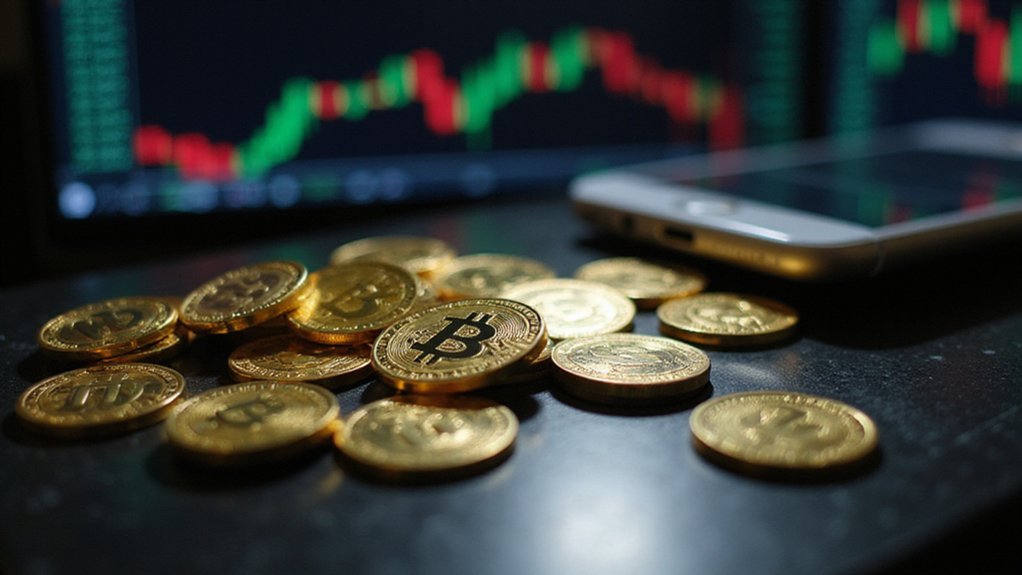While traditional investors have long resigned themselves to the tyranny of market hours and brokerage fees, the emergence of tokenized stocks has introduced a peculiar hybrid creature: AMZNX, a blockchain-based representation of Amazon shares that operates with the restless energy of cryptocurrency markets.
This tokenized version of Amazon stock lives simultaneously on Solana and Ethereum blockchains, backed by regulated custodians who hold actual AMZN shares—a reassuring anchor in an otherwise untethered digital ocean. The arrangement allows investors to trade Amazon exposure 24/7 through platforms like Phemex, circumventing traditional brokerage constraints while maintaining fractional ownership capabilities starting at a mere dollar.
The theoretical appeal proves compelling: instant settlement, global accessibility, and integration with decentralized finance protocols that treat AMZNX as legitimate collateral. Yet beneath this technological marvel lurks a concerning possibility that should give investors pause—the potential for dramatic price divergence between AMZNX and its underlying asset.
Beneath AMZNX’s seductive promise of seamless DeFi integration lies a troubling reality: prices that could catastrophically divorce from Amazon’s actual performance.
Market dynamics governing tokenized stocks differ fundamentally from traditional equity markets. While AMZN trades within established parameters during standard hours, AMZNX operates in the perpetual chaos of cryptocurrency exchanges where volatility reigns supreme. This continuous trading environment, combined with crypto market sentiment and regulatory uncertainties, creates conditions where AMZNX prices could theoretically diverge from AMZN by stunning margins—potentially up to 300%.
Such divergence wouldn’t merely represent arbitrage opportunities; it would expose fundamental structural tensions between traditional finance and decentralized systems. Custodial risks compound these concerns, as tokenized stocks depend entirely on regulated institutions maintaining proper backing ratios and operational integrity.
The irony proves delicious: investors seeking to escape traditional market limitations may find themselves trapped in a more volatile ecosystem where their “Amazon shares” reflect crypto market psychology rather than Amazon’s actual performance. Despite these concerns, Phemex offers traders the ability to set price alerts to monitor AMZNX movements and respond to market changes more effectively.
DeFi integration capabilities and cross-chain compatibility provide additional utility, yet these benefits pale against the prospect of watching one’s investment diverge wildly from its underlying asset. Professional matching engines like DXmatch can process up to 100,000 orders per second, demonstrating the sophisticated infrastructure required to handle such high-frequency tokenized trading.
For those considering this digital frontier, the question becomes whether 24/7 trading access justifies exposure to potentially catastrophic price disconnects. Unlike traditional stock trading, tokenized assets operate under centralized exchanges that generate revenue primarily through trading fees ranging from 0.1% to 0.5% per transaction. The answer depends largely on one’s appetite for innovation—and tolerance for financial absurdity.







